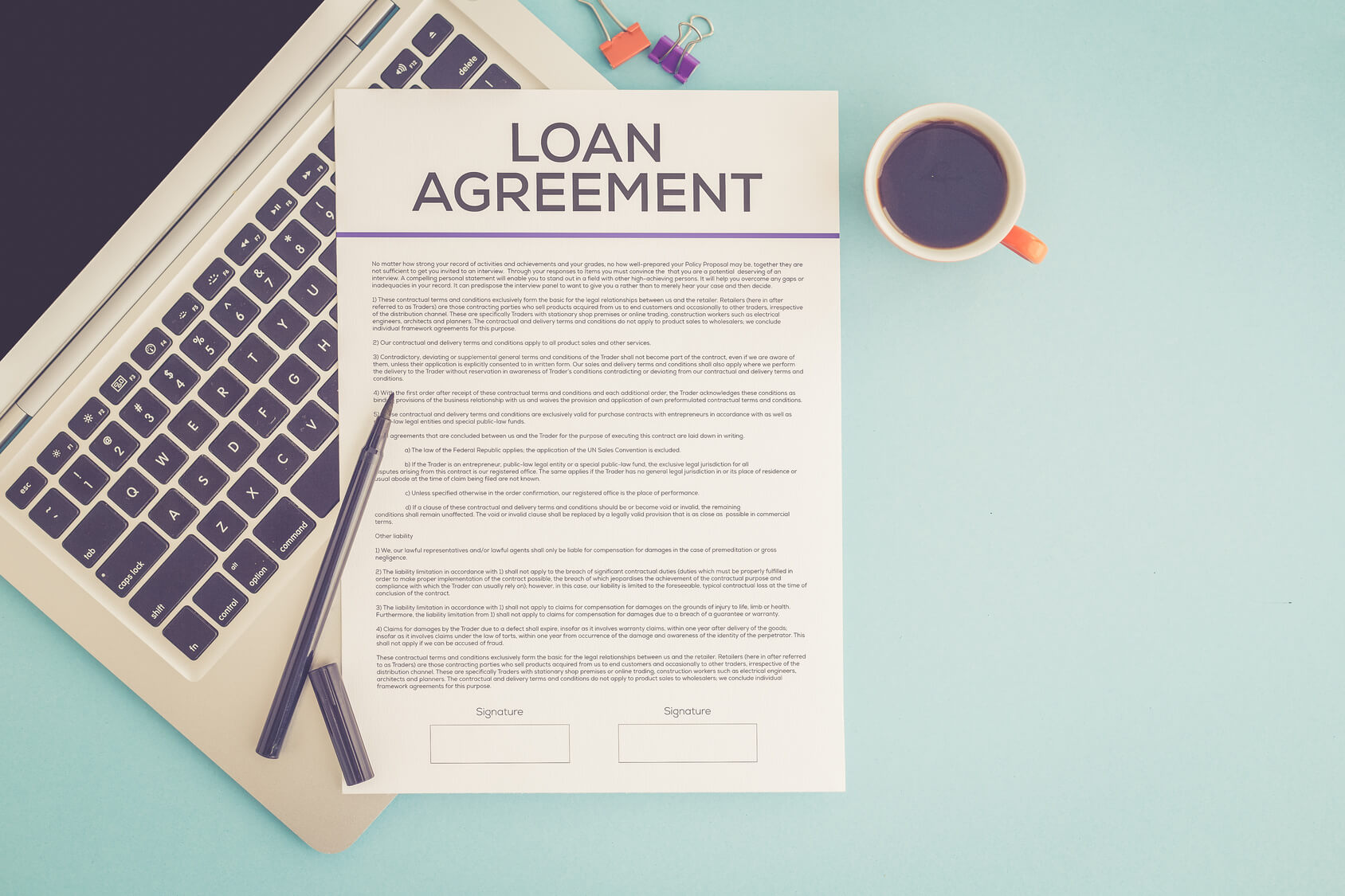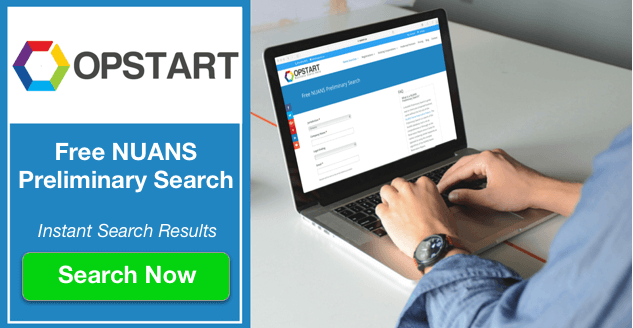Requirements For A Small Business Line Of Credit

You’ve got this excellent business idea you want to carry out, but lack the funding to see it through. This is a problem many entrepreneurs have when trying to start or grow their business.
But that shouldn’t stop you from achieving your business goals. If you’re serious about starting or expanding a business, there are options to look into.
One, in particular, is opening up a small business line of credit. This is much like applying for a credit card or personal loan.
If this sounds like something you need to boost your capital, then continue reading.
Let’s review what you’ll need to qualify for a small business line of credit.
Requirements To Qualify For A Small Business Line Of Credit
Any lending institution you go to will have qualification requirements your business must meet. For instance, the lender will review your assets and current and past revenue.
Expect for this to be an extensive process. But by educating yourself beforehand, you can prepare your business for approval.
Here are the things that are important to banks.
How Long You’ve Been In Business
Obviously, the longer you’ve been in business, the better it will look on your application. In most cases, your business needs to be at least two years old.
This shows you have experience and some stability.
However, it’s not uncommon for a startup to get approval. So if you have an idea that’s brand new and needs capital, don’t let this deter you from applying.
In order to get approved for your startup, you need good personal credit and reliable collateral.
Let’s look closer.
The Type Of Collateral You Have To Offer
Financial institutions feel more secure dealing with businesses that have solid collateral. Without it, there’s nothing to back the loan if you default. In a nutshell, collateral is anything that’s considered an asset.
This includes commercial property, inventory, accounts receivable, vehicles, financial instruments, and machinery.
So in the event you don’t pay your loan, the bank uses the collateral to get repayment. In most cases, they place a lien on the property until the debt is repaid. It’s not uncommon for some banks to ask for all assets to be used as collateral in exchange for a small business line of credit.
Total Revenue And Profits
It’s no surprise that revenue and profits are important. After all, how will you afford to pay back what you borrow through your line of credit?
On that note, your business must have current and past revenue. And your business must be profitable. Just because you have revenue doesn’t mean you’re profitable. For instance, your revenue may be $5,000 per month and your expenses $7,000 per month.
In this case, you’re $2,000 in debt each month. If you’re not able to afford all your business expenses, how will you repay a business loan?
The only way an unprofitable business can get a loan is if they have collateral to offer as a guarantee.
Performance Of Financial Ratios
The lender reviews your company financial ratios as part of the process. This reveals how well your company is performing.
Now, each lender has their own ratios. At a minimum, your business should be able to:
- Pay its debt after paying off monthly expenses
- Pay short-term obligations
- Generate enough revenue to repay the loan
- Keep debt low (it’s not good to have too much debt)
Lending Agreements
It’s common for a small business line of credit to have a lending agreement. These are nothing more than rules you have to follow to keep your small business line of credit in good standing.
If you default on the agreement, then you’ll have to pay additional fees and possibly have your line of credit taken away.
In some agreements, there are requirements such as:
- Complying with certain financial ratios
- Maintaining a specific net worth
- Maintaining a specific liquidity
- Repaying line of credit in full (monthly, annually, etc)
- Agreeing to a confession of judgment
- Not exceeding specific debt levels
- Letting the lender know of any material changes
What About The Requirements For Major Shareholders?
This section is for businesses that have business partners. Evaluations are normally required for all business owners. They’re reviewed to determine their creditworthiness and credit risk.
They’ll also look at their experience within the business and various other factors. This provides lenders with personal guarantees from each major shareholder.
This means they will be personally liable for the loan if it goes into default. But in order for the guarantee to count, the shareholders have to prove their ability to pay the debt.
Now, let’s review the factors banks look at when qualifying major shareholders.
Experience In The Industry
Lenders look at past professional experience of the major shareholders in your company. This will help determine their ability to operate the company you’re applying for.
Personal Credit History
Yes, personal credit matters if you want a small business line of credit. What they’re looking for are signs the applicants are responsible and willing to repay their debts.
You may wonder what personal credit has to do with business credit. If shareholders’ personal finances are a mess, then it’s possible it will cross over into the business finances.
Assets To Cover Personal Guarantee
If the bank you’re applying with requires a personal guarantee, then there’s a review of assets. For instance, checking the market value of the assets offered as collateral.
This includes cash, investments, stock securities and real estate. Remember, the assets will determine how worthy your guarantee is.
Background Checks
Yes, a background investigation is in order. Lenders use this to identify any issues relating to the applicants. For example, criminal behavior that could cause a negative decision for your line of credit.
Some examples may be writing bad checks, money laundering, tax evasion and so on.
Having A Bank Account is Required
Many lenders need you to have a small business account in order to qualify for a small business line of credit.
This is to see whether it’s in good standing. If you have an overdrawn account and history of bounced checks, then this could negatively affect your business loan approval.
It’s also important to have money flowing in regularly. The lender will check your average daily balance to see if you maintain enough to repay your business loan. As long as you have a positive monthly cash flow, then your business is profitable in the eyes of the lender.
How To Use Your Small Business Line Of Credit
So what’s the purpose of a business line of credit? Well, it’s a lot like a credit card. You use it to cover unexpected expenses and emergencies.
However, it can also be used to buy additional inventory to expand your business. It’s not a good idea to continuously use the credit because this will put you in constant debt.
In most cases, small businesses use their line of credit for:
- Short-term working capital
- Safety net for unanticipated costs
- Taking advantage of opportunities
- Offering trade credit to customers
It all comes down to your business and how you operate it. You may use your line of credit more frequently than others, or not at all. Just remember, what you use you have to pay back.
Otherwise, you’ll end up with revolving credit and accumulating interest.
Are There Any Financing Alternatives?
Sure, if you’re denied financing for a small business line of credit, there are alternatives. Two come to mind – accounts receivable factoring and asset-based financing.
A lot of businesses have issues with cash flow because clients take one to two months to pay their invoices. So to smooth this out, you can use invoice factoring, also known as accounts receivable financing.
With this option, you’re using slow-paying invoices as collateral. You’re able to finance between 70% and 90% of the invoice values. This gives you access to much-needed capital.
Then the second option – asset-based financing – is a bit more sophisticated. With this, you’re financing the assets in your balance sheet. This includes inventory, machinery, real estate and accounts receivable.
It operates a lot like a line of credit or term loan, depending on what you’re financing. For example, financing using accounts receivable and inventory will act like a line of credit. While financing machinery and real estate will perform like a term loan.
Conclusion
Now that you know how to prepare your business for a line of credit application, and what the banks will be looking for, you can take the necessary steps to get the extra financing you need to make your dream a reality.
If you haven’t already registered your business, make sure to also check if the name you plan on using is available for registration. This can be done for free with our NUANS Preliminary Search, which provides instant search results.
We’ve have helped numerous businesses get registered across Ontario, and would love to help you do the same. If there is anything we can help you with please don’t hesitate to contact us.

